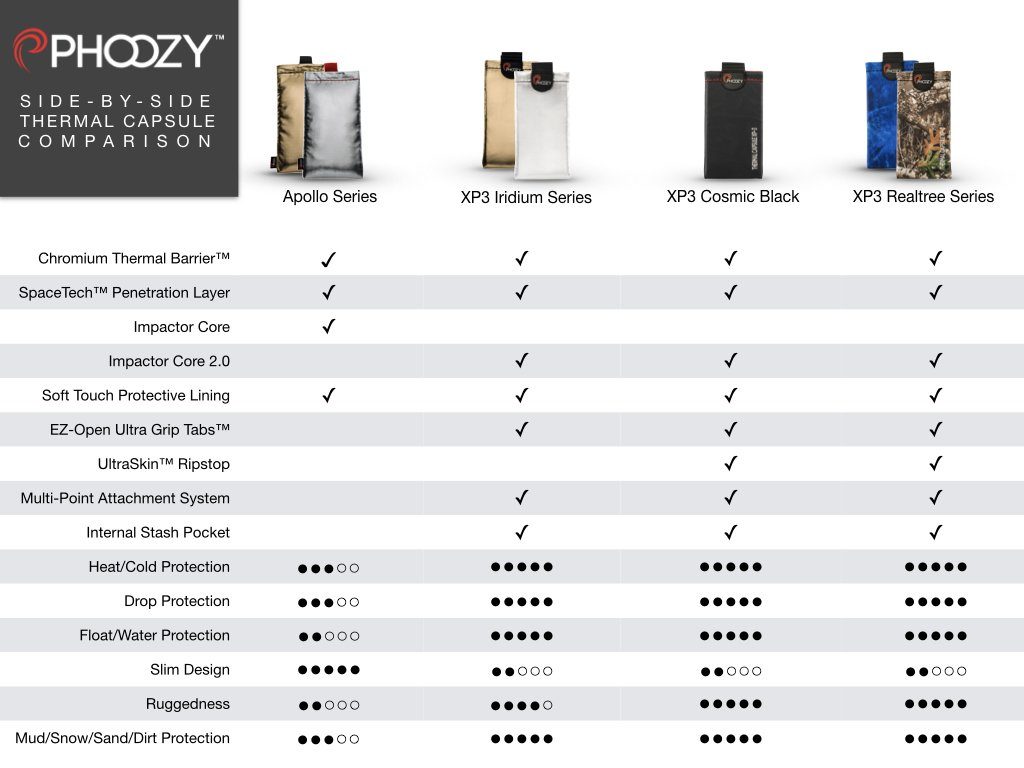The more you scale an online brand, the more influence you build up, and that influence is valuable. Today, one of the core ways to monetize that influence — to turn it to currency value — is to enter the world of affiliate marketing. It’s a simple premise: link to certain products, and whenever someone uses one of your links to buy one of those products, you earn commission.

Affiliate commission is so important because it’s fundamentally passive income, arriving incidentally without you needing to do anything beyond setting up the links. If someone visits your article in the middle of the night and uses your link, you can earn money while sleeping. Sure, you need an influential brand first, but if you have one, affiliate money is icing on the cake.
Due to this importance, any business with some online sway should be making a concerted effort to yield as much affiliate revenue as possible. If you’re running such a business, you’re in the right place — let’s look at 7 ways in which a scaling online brand can boost affiliate revenue:
Invest in driving traffic
Growing businesses do need to think about SEO, but most of that goes towards covering the basics: metadata, indexing, responsive design, etc. Anything beyond that tends to be prohibitively challenging, even when you’re scaling quickly — there’s so much competition out there that it’s really tough to rank well. So how do you drive traffic?

Well, the bigger your brand gets, the more viable it will become to earn links from reputable sites (something that will drive referrals and help with your rankings). Start reaching out to sites in your niche to form relationships with them. When there’s a comfortable accord, you can start pitching content to them — not only can you work affiliate links into that content, but you can also benefit from your existing links when people click through to your site from that content.
Build topic clusters
There’s a key exception to what I just said about SEO: the topic cluster model (led in many ways by HubSpot) can be hugely effective for cornering the market on content regarding a specific thing (or set of things), so if you’re trying to sell more toasters — just one example — through affiliate links in your content, you can create a topic cluster all about breakfast foods, or toasties, or sandwich types. If there isn’t already such a hub, then it’s yours to take.
Choose the core topic by rooting through keyword data, then link out from the page to more specific pieces of content. This is so useful because of how Google perceives content value. Because your topic cluster will both contain and link to a lot of rich and relevant content, each page within it will be perceived as innately more valuable.
Improve presentation
If you directly compare any two affiliate sites, the differences you’re most likely to notice are those involving the presentation. For instance, if one site has a few links crammed into a sentence, while another site has a large table with useful pieces of information and high-quality imagery, it’s an inevitability that the latter is picking up more clicks.

Now that your business is stable enough to scale, you should have the budget and the time to focus on polishing your presentation to a mirror shine. Think about everything from the fonts you use to the link markings — simply styling your links might be enough to make them more prominent and get them picking up more clicks.
Create an affiliate store
You’ve likely heard of dropshipping, the practice of selling products through a store but using third-party sellers to choose, source and ship those products — you, the “seller”, need only list the product, then wait to collect a portion of the profits (depending on how much you charge). But you can go one step beyond that by creating what’s called an affiliate store, where instead of a product link using dropshipping, it takes the shopper to a different store entirely.

If that interests you, I recommend checking out this guide to creating an affiliate store: it gives you options for different platforms, but its first suggestion of Shopify is going to be the easiest because of the range of integrations (plus a level of scalability that makes it enterprise-viable — handy in case your store really picks up steam). Set it up and run it alongside your main website, or add it as a subdomain — the specific approach is up to you, so get creative with it.
Use in-depth UGC
UGC, or user-generated content, encompasses everything from testimonials to user’s Instagram posts. What makes it so useful for affiliate marketing? It’s simple: social proof is a marketer’s dream. If a brand tells you that you should think about buying a particular product, you might be doubtful — if there’s a relationship there, then there’s a bias, so maybe that product isn’t worth buying at all. But, if you can show UGC that endorses the product, that will be more convincing.

One way to do this is to keep track of the people buying products through your links, then approach them down the line to ask them for feedback. Were they happy with their purchases? If so, would they be willing to have their testimonials featured? Work those testimonials into your content, and your affiliate links will seem much more compelling.
Promote through emails
Email marketing is capable of spectacular ROI, but you don’t need to stop at promoting and linking to your products. You can also use your emails to push affiliate links, and even go into detail about particular arrangements. The people you’re emailing already know your business — they’re likely to have bought from you before — so they’re not going to get angry at you for being a little self-serving with your content.
You can use a broad email-capable CRM like Drip to create email sequences that serve specific links to relevant recipients. The key is to market products that you’d genuinely recommend if asked. It’s only when you try to promote products that are clearly not up to your quality standard that people get annoyed. If you genuinely feel that something is worth buying, just be honest with people about it in your regular emails, and you might just pick up some extra clicks.
Use explicit CTAs
Lastly, an often-underlooked way to get your affiliate links converting more frequently is to stop trying to make them subtle. A scaling brand has enough momentum behind it to assume the role of industry authority, allowing to simply say “We think you should buy Product X for these reasons: [reasons]. Here’s the link: [link].” in a classic CTA structure.

This combines two tactics we’ve already touched upon (improving your presentation and being explicit about your promotional efforts) in an effective way. Not only is a clear emboldened CTA much easier to notice and read, but it also makes whatever you’re linking to see hugely more important and worthwhile. (If you’re endorsing something amazing, you should pull out all the stops to show that you think it’s amazing,)
You’ll need to be careful with this, of course. You don’t want to put so much emphasis on a niche product or something you’re not all that invested in, so only set up a CTA for an affiliate product if you’re 100% certain that it’s valuable. If you highlight a product that ultimately disappoints people and makes them regret their purchases, you’ll suffer a significant amount of blowback.
Additionally, try to be confident that you’re going to be recommending it for quite some time, because you don’t want to have to remove the CTA in the near future. It’s entirely possible to lose affiliate relationship but forget about your link and simply leave it there indefinitely, not realising that you’re sending value to an ex-client that won’t return any.
The more regular affiliate revenue you can secure, the more stable your business will be, and continued stability is essential for scaling brands. Give these 7 tactics a try, and see how many conversions you can drive. Good luck!


